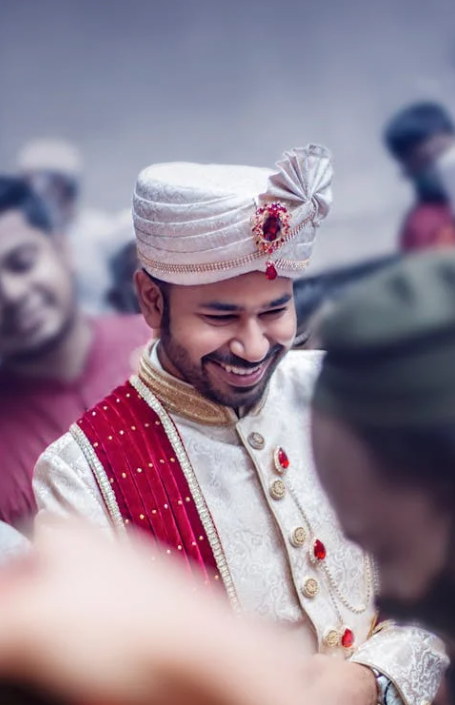How the Baraat Showcases India’s Rich Cultural Heritage - The Beat Goes On
How the Baraat Showcases India’s Rich Cultural Heritage - The Beat Goes On |Mar 05, 2024
- Share

Have you ever seen a vibrant parade bursting with music, colour, and infectious joy? Far from an ordinary celebration, the “Baraat” is an essential and unique part of a grand Indian wedding. It is more than just a pre-wedding celebration steeped in historical traditions dating back centuries—it narrates the story of Indian culture. In this blog, we’ll travel back in time to understand its roots, discover the unique ways it's celebrated in different regions, and see why it remains an important part of weddings today. You may also like to read: 1. 29 Traditional Indian Bridal Wear from Different States - Comprehensive Guide 2. 29 South Indian Wedding Traditions: Understanding the Bride and Groom's Attire for Each Day 3. Half Saree Function: Festivities of Femininity The Baraat is an exciting part of the wedding ceremony where the bridegroom proceeds to the wedding venue with lots of fanfare, including music and dance, and everyone wearing bright and colourful clothes. It is a pre-wedding ceremony that showcases the groom in a royal style, who traditionally used to arrive on a fancy horse. Nowadays, grooms may arrive in different ways, but the joyous and festive feeling remains the same, which highlights the rich cultural heritage of India. This celebration takes place before the actual wedding ceremony starts. Grooms usually wear wedding dresses like sherwanis, a special outfit, but the attire can vary depending on their place of origin, cultural customs, or personal preferences. The Baraat, also known as varayatra, is originally associated with royalty and prominent families. It’s an age-old tradition that began in India centuries ago. Initially, only kings and notable figures organised these wedding processions to represent the importance of marriage. As time passed, the practice spread globally, with each region contributing its own unique element. Today, the Baraat is an exuberant representation of the varied cultural heritage of the country. The Baraat, or the groom’s wedding march, has evolved dramatically! In the past, it was a simple, casual walk, but it has evolved into larger, grand parties with fancy cars or motorcycles and everyone dressed up in style and on-trend. The evolution of barat shows how Indian culture keeps changing and how people find new ways to celebrate. Even though times have changed, the journey of the bridegroom to the wedding venue remains a core tradition, indicating how much Indians enjoy celebrating weddings. India is famous for its opulent wedding traditions, particularly the prelude - baraat. This is a unique reflection of each region’s heritage. The following are some examples of how different cultures in India celebrate their baraat: In a Punjabi wedding, the groom dons a luxurious sherwani in different materials such as silk, brocade, velvet, jacquard, or cotton-silk blend, akin to a lustrous coat tailored with intricate designs. He also wears a traditional headpiece known as a sehra to ward off evil luck. His arrival might be on a bedecked horse, echoing princely grandeur, or in a modern vehicle like a car or motorcycle. Thundering dhol drums inspire everyone to dance. The groom’s friends and family engage in a lively dance called bhangra around him. Upon reaching the wedding venue, there’s a warm welcome ceremony known as milni, where the two families meet and bond, often exchanging garlands and engaging in friendly games. Remember the royal scene from the Bollywood movie Jodhaa Akbar—that’s what a Rajput Baraat is like! The groom, dressed like a king, wears a richly decorated outfit with jewels and a special turban worn by his family. Traditionally, he might even arrive on an elephant or horse, just like royalty in the past. The celebration is filled with music, fireworks, and excitement. An important part of the baraat is a special mark applied to the groom’s forehead, showing the importance of family in Rajput weddings. So, the whole event is a colourful and vibrant celebration filled with tradition and strong family bonds. Varghoda is a special pre-wedding event in Gujarati weddings. It’s like a parade with music and dancing, led by the groom. The groom, looking dapper in his special wedding clothes, first stops at a temple to ask for blessings. This shows how important faith is to Gujarati people. On their way, everyone enjoys delicious food together, representing their happiness and unity as they celebrate this special occasion. Finally, the most exciting part: the groom gets to see his future wife! This is the highlight of the entire Varghoda. Unlike some more elaborate Indian weddings, Muslim wedding processions, called Baraat, are simpler and calmer. The groom wears a traditional outfit called a sherwani or a formal suit. These processions often happen at night, creating a beautiful scene with lanterns lighting the way. Instead of being a big show, the focus here is on creating a sense of unity and connection with their faith. Instead of loud music, you might hear verses from the Quran or religious songs called Nasheeds. The end of the procession marks the beginning of the most important part—the Nikah. This is a sacred ceremony where the marriage vows are exchanged in front of close family and religious leaders. In Bengali weddings, the groom’s arrival is a grand and elegant affair. He dresses in beautiful traditional clothes made from special fabrics like dhakai jamdani or tussar silk, and arrives with his family and friends. There’s a joyful welcome with music, lights, and even a special lamp-lighting ceremony by the bride’s mother, showing how happy they are to receive the groom. Of course, there are also delicious Bengali sweets for everyone to enjoy! Even though there might be different traditions in different regions, the main idea of the baraat stays the same. It’s a celebration of the bride and the groom coming together and starting their new life as husband and wife, with lots of music, dancing, and happy moments shared with loved ones. Read more about: 1. 85 Saree Blouse Designs From Runway to Everyday 2. 40 Types of Sarees: Celebrating the Vibrant Mosaic of Indian Textiles 3. 33 Saree Material Types: Understanding The Versatility of Saree Fabrics The Baraat is a big part of an Indian wedding, where the groom arrives in style! Here are some cool options to consider, each making your special day unique: The way you arrive at your wedding tells the world about you. It shows your personality, heritage, and style. Each option has its own story, from the bravery of a horse rider to the royal heritage of a chariot, the grandeur of an elephant, the sleekness of a car, or the vibrant energy of a dhol procession. Choose the one that makes your Baraat truly unforgettable! The baraat ends with a special moment called Milni. This is where the groom’s family and the bride’s family meet for the first time. It’s a beautiful symbol of their becoming one big family and the start of their journey together filled with love, unity, and, of course, celebrations! Even though the bright colours and the excitement of the baraat might fade, the happy memories and feelings it creates will stay with everyone who experiences it forever. While the groom has fun with the baraat procession, the bride is also getting ready for the big day. Like the groom expressing himself through the Baraat, the bride chooses her stunning wedding outfit, be it a saree or lehenga. Both the Baraat and the bride’s attire are a beautiful blend of tradition and modern touches, filled with joy, laughter, and love. They are key parts of an Indian wedding, reflecting both cultural heritage and personal style, creating a timeless and elegant experience. The Baraat is a vibrant part of Indian culture, allowing for personal expression and joyful anticipation. It keeps up with the times while holding onto its core values of love, family, and community. Just like the beautiful sarees at Mysore Saree Udyog, the Baraat continues to capture hearts and create lasting memories, ensuring its special place in Indian weddings for years to come. Read more: 1. 33 Types of Silk Sarees Popular in India - Masterpieces in Silk 2. 28 Lehenga Dupatta Draping Styles - Flaunt Your Dupatta Like a Pro 1. Who’s the Baraat for? The Baraat is a celebratory parade for the groom on his wedding day. It's like a big party with his family and friends, showing how excited they are for him. The bride's family and guests usually watch the baraat arrive, marking the start of the wedding celebrations. 2. When’s the Baraat and how long does it last? The Baraat typically happens a few hours before the ceremony on the wedding day itself. It can last anywhere from 30 minutes to a few hours, depending on the distance travelled and the amount of celebrating. 3. What are the customs and rituals involved? The groom, dressed in traditional attire, arrives on a horse, car, elephant, or even in a lively dancing procession. Music and dance fill the air, with families celebrating with regional styles like bhangra. At the venue, there’s a welcoming ceremony to bless the couple. 4. Who joins the groom? The groom is joined by his closest family and friends, who dance, sing, and shower him with good wishes. 5. I’m a groomsman, what do I do? As a groomsman, you’re there to support the groom and make sure he has a great time! This could mean helping him get ready, joining the celebrations, and ensuring everything runs smoothly. 6. How long does the whole thing last? The length of the Baraat can vary depending on the wedding, but it typically lasts anywhere from 30 minutes to 2 hours. 7. What happens after? Once the Baraat arrives and the families meet, the groom waits for the bride. Then, the wedding ceremony starts, and they officially become husband and wife!What Is a Baraat?
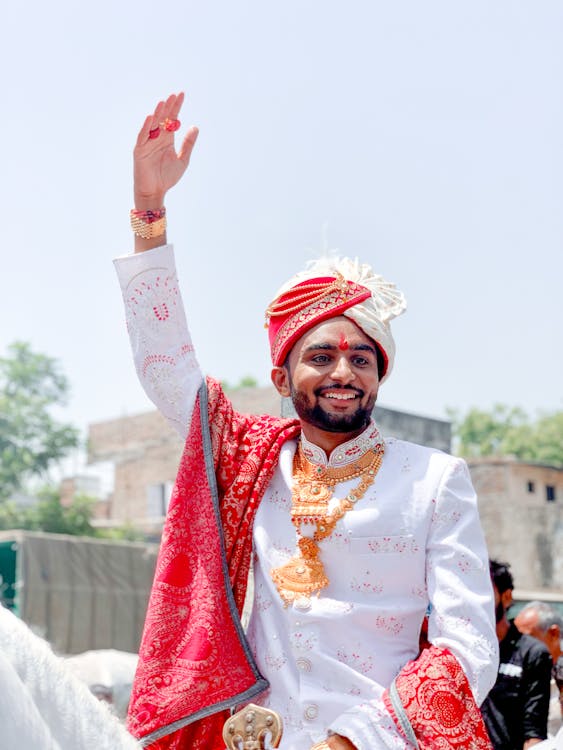
The History and Meaning of the Baraat
The Evolution of the Baraat
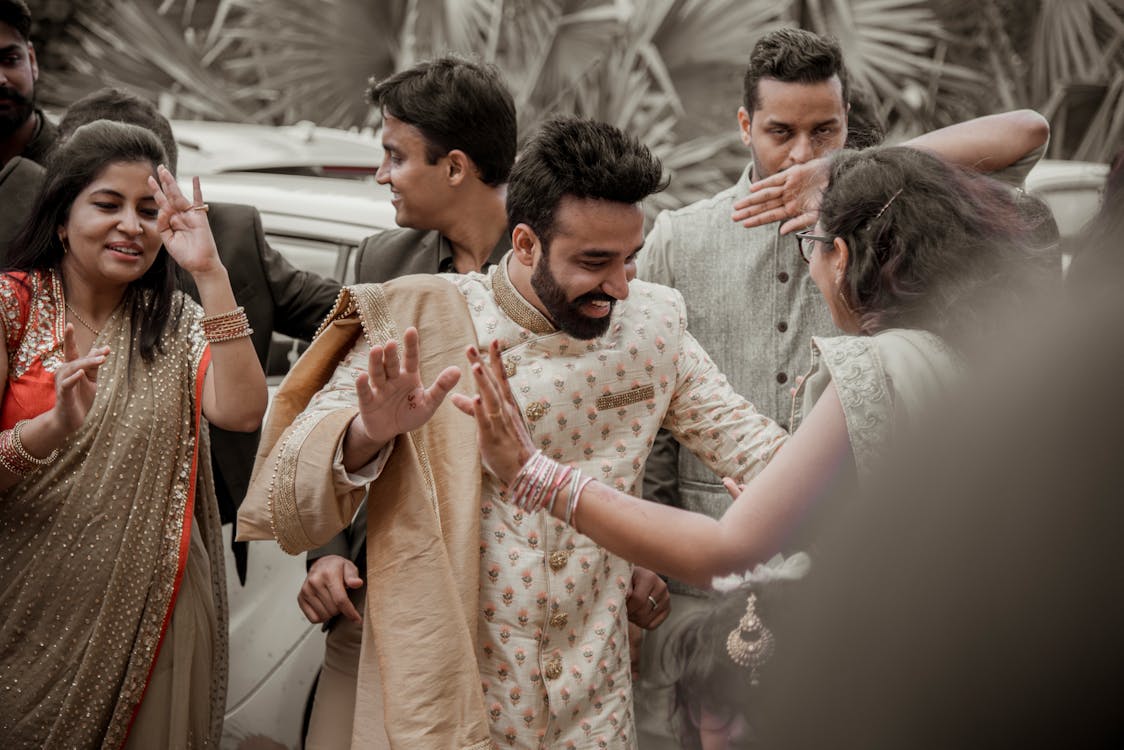
Celebrating the Baraat in Different Wedding Cultures
1. The Punjabi Wedding
2. The Rajput Wedding
3. The Gujarati Wedding
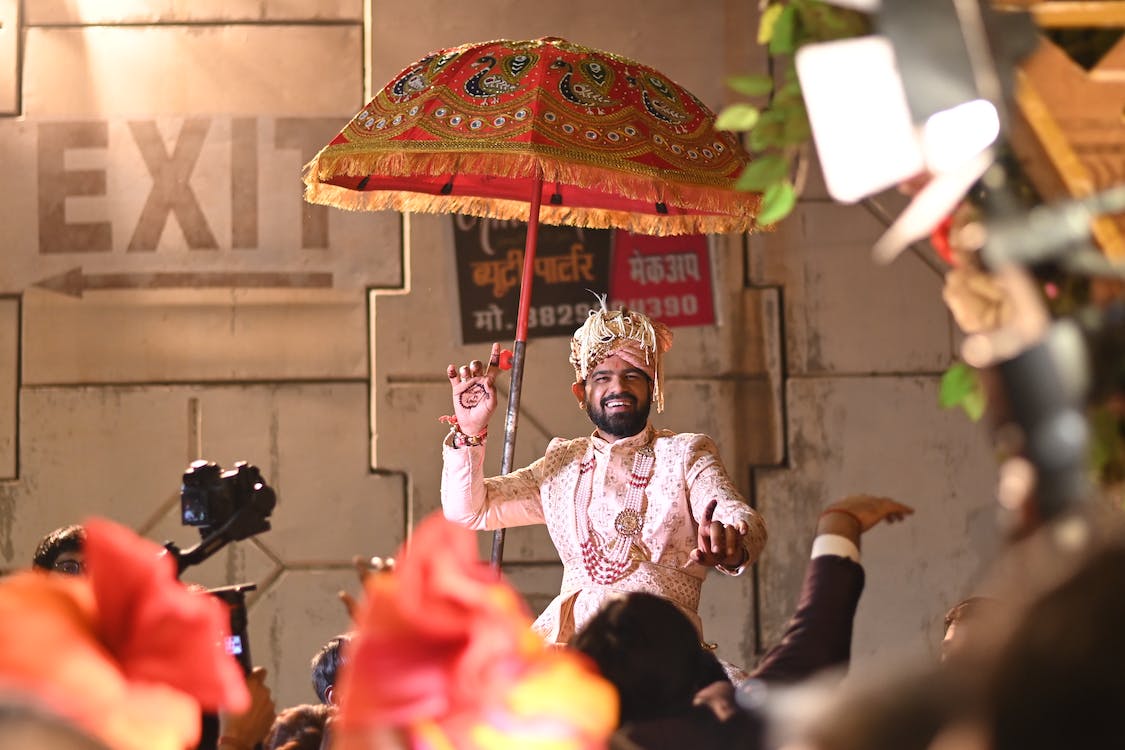
4. The Muslim Baraat
5. The Bengali Wedding
What Are the Various Options for the Groom’s Carriage in a Baraat?
Welcoming the Baraat at the Venue
Bride During Baraat
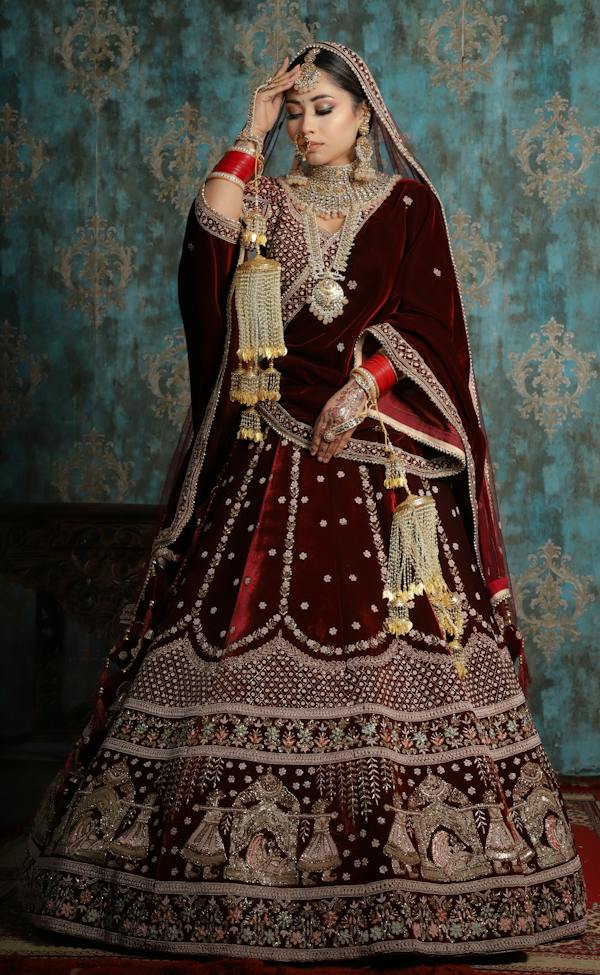
Baraat FAQs:
- Free Shipping
- Assured Quality
- World wide Shipping
- 100% Secure Payment
- Best Price Promise
